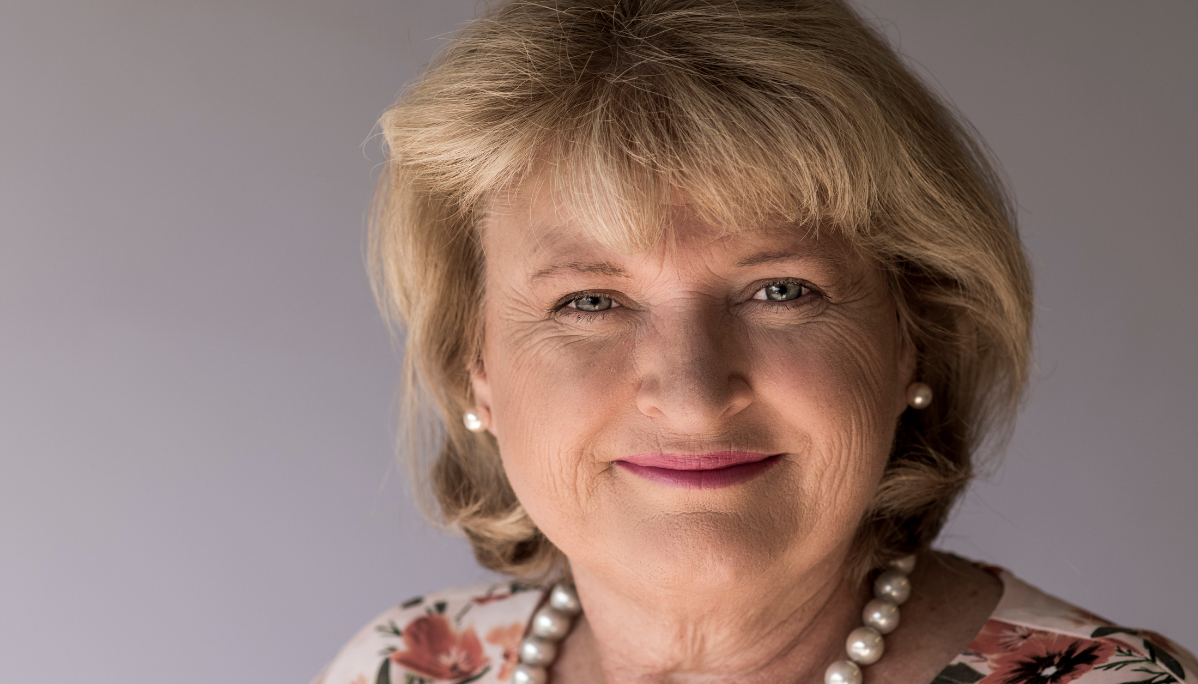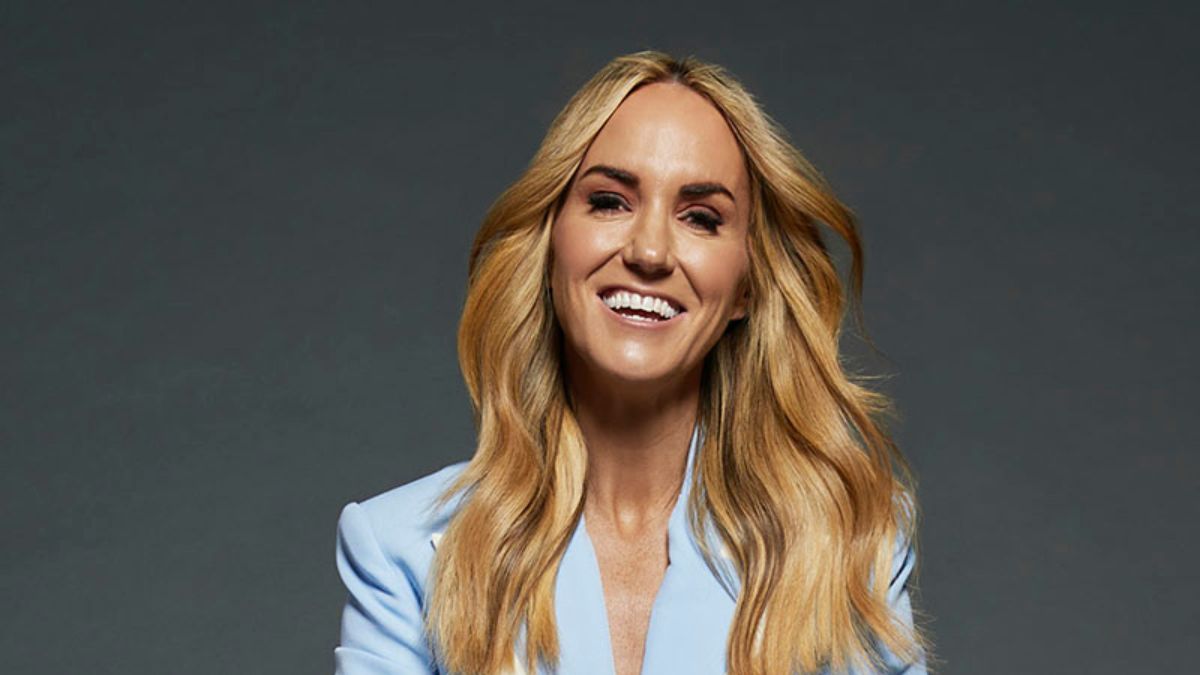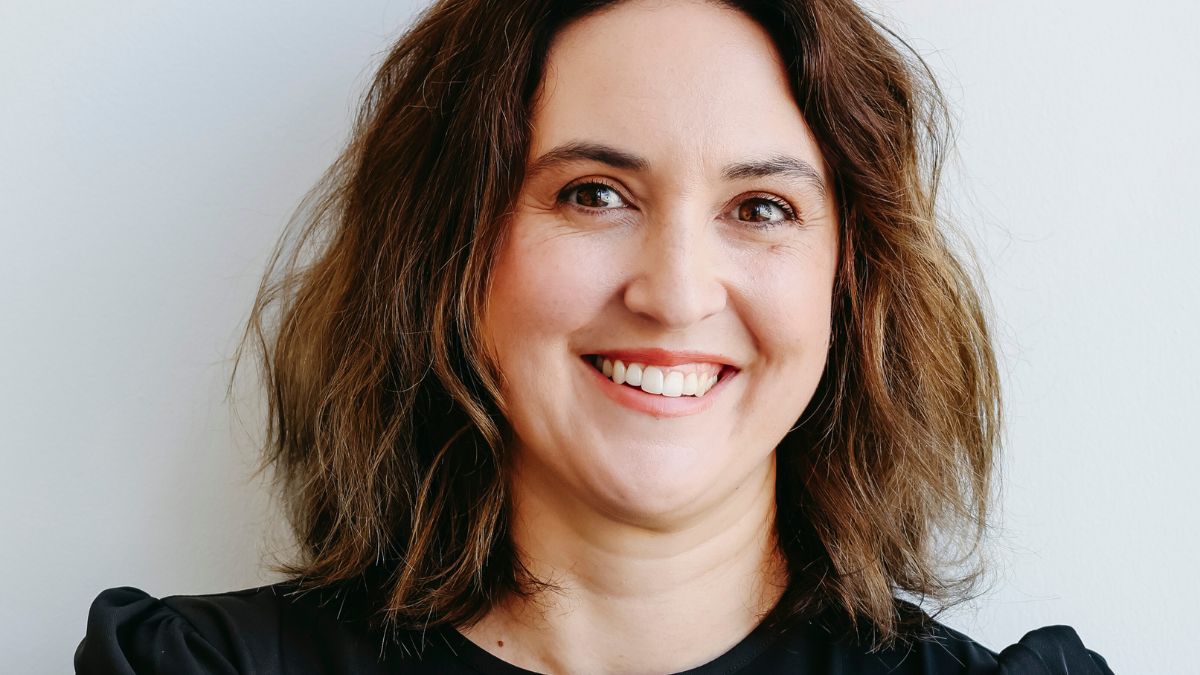The Borderless Business
Do you remember what business growth used to look like? It had a soundtrack of airport announcements and the feel of a firm handshake. It was about racking up frequent flyer miles, exchanging business cards at crowded conferences, and building relationships over a coffee in another city. For decades, we were taught that to scale nationally, you had to be physically present.
Then, in a heartbeat, the world changed. The planes were grounded. The conference halls fell silent. And a question I heard from countless entrepreneurs landed in my inbox: "Naomi, my growth has always depended on me showing up. What on earth do I do now?"
For many, this felt like a catastrophic barrier. But I want to reframe that completely. The inability to travel is not a barrier; it is the single greatest opportunity you have to build a more efficient, resilient, and truly scalable modern business. It forces you to move from a one-to-one, location-dependent model to a one-to-many, globally accessible one.
This exact challenge was at the heart of a recent conversation on my podcast with the wonderful Jacquie Tewes. Jacquie is the founder of Nurturing your NDIS, a business with immense potential to help people across the country. But she was facing this very problem: How do you build trust, establish networks, and find customers on a national scale when you can't get on a plane? How do you scale when you can’t shake hands?
Her story is one that will resonate with so many of you. Today, I want to expand on the advice I gave her and provide you with my ultimate guide to creating a borderless business that scales from wherever you are.
The Mindset Shift - Redefining "Presence"
The first and most important step is to stop thinking about what you've lost (physical travel) and start focusing on what you can gain (digital leverage). Your goal is to shift your concept of "presence" from a physical state to a digital one.
A physical presence is fleeting. You are only in one room, with a limited number of people, for a limited time. A powerful digital presence, however, works for you 24 hours a day, 7 days a week, across the entire globe. It's your tireless ambassador, your expert consultant, and your most effective salesperson, all operating while you sleep.
Every action you take should be guided by this question: "How can I create an asset once that builds trust with thousands of people I'll never meet?"
This is the fundamental shift from one-to-one thinking to one-to-many thinking. A single plane trip might allow you to build trust with five key clients. A single, well-crafted, authoritative blog post or webinar can build trust with five thousand.
The New Handshake - How to Build Deep Trust Remotely
In a face-to-face meeting, we rely on subconscious cues to build trust—body language, eye contact, a firm handshake. In a digital world, we must be far more deliberate and create new signals of trust.
1. Become the Authority Through Generous Content
The single fastest way to build trust with someone you've never met is to solve a small part of their problem for free. When you generously share your expertise, you are not giving away your secrets; you are offering proof of your competence. Your content becomes your digital handshake.
- Write Articles and Blog Posts: Identify the top 10 questions your ideal customer asks and write a comprehensive, practical article answering each one. Like this one!
- Host Webinars: Offer a free 45-minute webinar on a topic that provides immense value to your target audience. Teach them something genuinely useful.
- Create Video Content: Use your smartphone to create short, helpful videos for LinkedIn or your website. Look directly at the camera and speak as if you are talking to one person. This is incredibly powerful for creating a personal connection.
For Jacquie's business, this could mean creating content on "Navigating Your First NDIS Planning Meeting" or "5 Questions to Ask Your NDIS Provider." She immediately establishes herself as a trusted guide.
2. Systematically Showcase Your Social Proof
When we can't rely on our own gut feel from an in-person meeting, we look for validation from others. You must make it impossible for a potential customer to visit your digital properties and not see overwhelming evidence that you are brilliant at what you do.
- Get Testimonials Everywhere: Make asking for a testimonial a standard part of your off-boarding process with every happy client. Don't just ask for them; guide them. Ask specific questions like, "What was the single biggest result you got from working with us?"
- Invest in Video Testimonials: A written testimonial is good. A video testimonial is gold. A 60-second clip of a happy client speaking directly to the camera is more powerful than any brochure you could ever create.
- Write Detailed Case Studies: Take your best client results and turn them into a detailed case study. Outline the problem they were facing, the solution you provided, and the quantifiable results you achieved. This shows, not just tells, your value.
3. Master the Professional Video Call
A Zoom or Teams call is not a phone call. It is your digital meeting room. Treat it with the same level of professionalism as an in-person pitch.
- Invest in Your Setup: Good lighting (a simple ring light), a quality microphone, and a clean, professional background are no longer optional.
- Prepare and Listen: Have a clear agenda. Do your research on the person you're meeting. And most importantly, listen more than you talk. Active listening is even more critical when you can't read the full range of body language.
Digital Networking - How to Find Your Tribe and Build Partnerships Online
"I can't network" is a common complaint. The reality is, you can network more efficiently and effectively than ever before.
1. Transform LinkedIn from a Resume to a Virtual Conference Room
LinkedIn is the most powerful networking tool ever created, but most people use it passively. It’s time to use it proactively.
- Optimise Your Profile: Your profile headline should not be your job title. It should state who you help and how you help them. My headline isn't just "Co-Founder"; it talks about supporting the experience economy and the start-up community.
- Engage Strategically: Identify 20 key people in your industry—potential partners, dream clients, industry commentators. Don't just "connect" with them. Follow them. Read their content. Leave thoughtful, insightful comments that add to the conversation. After a few weeks of this "warm-up," your connection request will be far more welcome.
- Share Your Expertise: Post your own valuable content (see Part 2). Position yourself not as a seller, but as a valuable and knowledgeable voice in your industry's community.
2. The Digital Coffee Meeting: Building Your Referral Network
One of the biggest challenges Jacquie faced was finding referral partners. The solution is the digital coffee meeting.
- Identify Your Ecosystem: Who else serves your ideal customer in a non-competing way? For Jacquie's NDIS business, this could be allied health professionals, special needs educators, or support coordinators.
- The Outreach: Send a concise, respectful message: "Hi [Name], I really admire the work you do for [target audience]. I work in a complementary space at [Your Business] and I have an idea for how we might be able to support each other's clients. Would you be open to a brief 15-minute introductory video call next week?"
- The Goal is Mutual Value: The goal of the first call is not to sell, but to learn. Understand their business, their challenges, and look for ways you can help them first. This builds the foundation for a powerful, mutually beneficial referral relationship.
3. The Ultimate Collaboration: Joint Venture Webinars
This is my favourite strategy for rapid, targeted growth. Partner with one of your new digital coffee contacts to co-host a free webinar for your combined audiences. For Jacquie, this could be a webinar co-hosted with a speech pathologist on "Maximising Your NDIS Funding for Therapeutic Services."
- The Benefits are Huge: You get warm exposure to a whole new, highly relevant audience. You gain credibility by being associated with another trusted expert. And you create a valuable content asset that you can use for months to come.
Scaling Your Team and Your Business From a Distance
As Jacquie considered on the podcast, the question of who, how, and when to scale is critical. A remote-first model offers incredible advantages.
1. Hiring the Best, Not the Nearest
Your inability to travel is a blessing for hiring. You are no longer restricted to the talent pool within a 30km radius of your office. You can now hire the absolute best person for the job, whether they live in the next suburb or in another state.
- Create Outcome-Oriented Role Descriptions: Focus on the results you need the person to achieve, not just a list of tasks. This attracts high-performers.
- Implement a Rigorous, Multi-Stage Interview Process: A remote hiring process needs to be more structured to replace the "gut feel" of an in-person meeting. This should include a phone/video screen, a practical skills-based task that simulates the work they will be doing, and a final "culture-fit" video call with multiple team members.
2. When to Scale?
The answer to "when" is always: when your systems are ready. Before you hire your first team member, you must have documented your processes. Can a new person come in and understand how you deliver your service by following a clear checklist or guide? If the entire process lives only in your head, you are not ready to hire. You will create chaos. Documenting your processes is the first, most crucial step to creating a scalable business.
Let's Talk About This in Detail
On the podcast, I get to walk Jacquie through these exact steps, applying them directly to her business, Nurturing your NDIS. We discuss the specifics of building trust in the sensitive NDIS space, how to identify the right referral partners, and the critical indicators that show she is ready to make her first hire. Listening to the application of these strategies to a real business in real-time is an incredibly valuable exercise for any founder facing the same challenges.
Your Location is Not Your Destiny
For generations, business growth was tied to geography. Today, it is tied to ingenuity, strategy, and the ability to build human connection through a digital screen. The constraints that feel like barriers are, in fact, the parameters that will force you to build a smarter, more leveraged, and more resilient business for the future.
Build your digital presence. Become the trusted authority in your field. Network with intention online. Master the art of remote trust-building. If you do this, you will find that not only can you survive without travel—you can thrive beyond your wildest expectations. Your business will no longer be limited by where you are, only by how big you are willing to dream.






